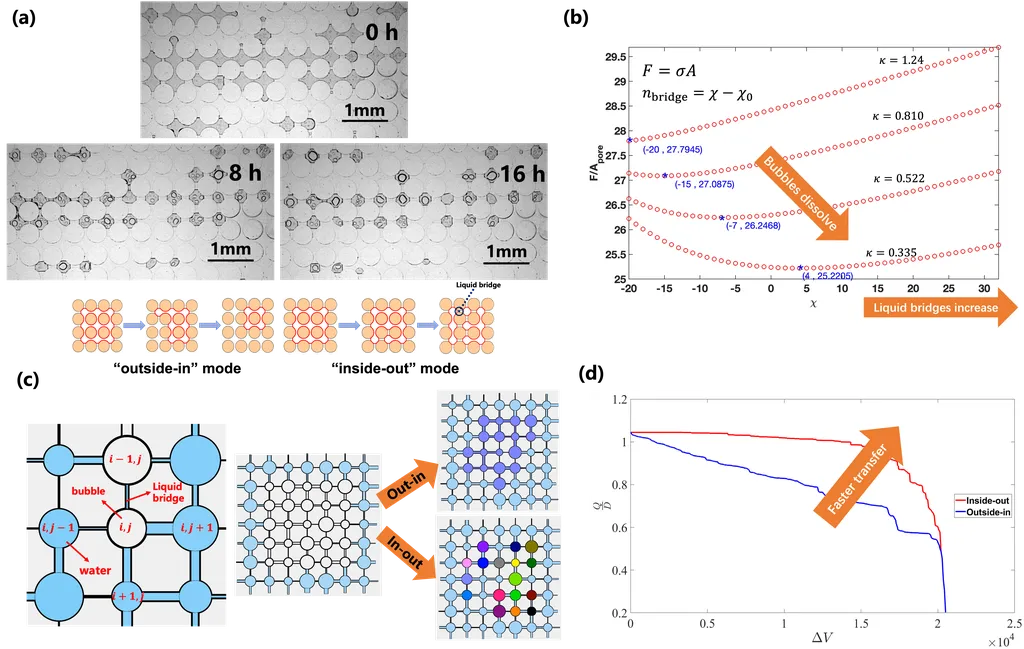In the world of geotechnical engineering, expansive soils present a formidable challenge, particularly for the energy sector where infrastructure stability is paramount. A recent study published in *Yantu gongcheng xuebao* (Chinese Journal of Geotechnical Engineering) sheds new light on the factors influencing the free swelling rate of these soils, offering insights that could reshape how we approach construction in expansive soil regions.
Led by CHEN Yikun of Nanjing Tech University, the research team delved into the intricacies of free swelling rate tests, comparing China’s GB/T 50123—2019 standard with the American ASTM D5890—19 method. Their findings reveal that soil type, particle size, and operational procedures significantly impact the free swelling rate and swell index, parameters critical for identifying and classifying swelling properties of expansive soils.
“The discrepancies in free swelling rates for the same soil sample are primarily caused by variations in particle size, shape-induced mass changes, and stirring frequency,” explained CHEN Yikun. “Swell index changes, on the other hand, are influenced by the degree of soil film coverage.” This nuanced understanding is crucial for the energy sector, where accurate soil characterization can prevent costly infrastructure failures.
The study also found that as the proportion of sodium bentonite in the prepared expansive soil increases, the swelling volume, free swelling rate, and swell index increase linearly. However, the growth rates of the free swelling rate and swelling volume are significantly affected by particle size and shape. This relationship is described by a linear function under GB/T 50123 and a downward-opening power function under ASTM D5890.
To address mass differences resulting from particle size, the researchers proposed a correction method based on specific gravity. “The corrected true free swelling volume is not affected by particle shape, particle size, compaction, or other mass-related factors,” said CHEN. “This method exhibits greater physical rigor and effectively reflects the inherent swelling properties of the soil.”
The implications of this research are profound for the energy sector. Accurate characterization of expansive soils can lead to more stable foundations for pipelines, power plants, and other critical infrastructure. By understanding and mitigating the factors that influence free swelling rates, engineers can design more resilient structures, reducing maintenance costs and enhancing safety.
As the energy sector continues to expand into regions with expansive soils, the insights from this study will be invaluable. The corrected free swelling parameters proposed by CHEN and his team could become a standard practice, ensuring that infrastructure projects are built on a solid foundation, both literally and figuratively.
In the ever-evolving field of geotechnical engineering, this research marks a significant step forward. It not only refines our understanding of expansive soils but also paves the way for more robust and reliable construction practices. As the energy sector continues to grow, the lessons learned from this study will be crucial in shaping a more stable and sustainable future.

